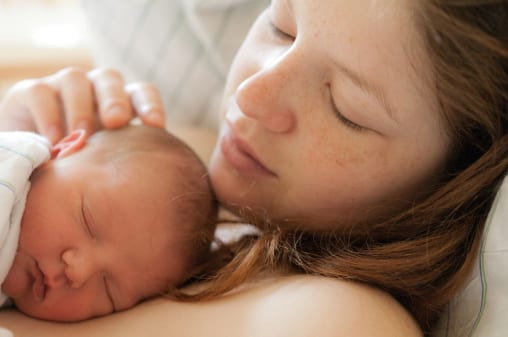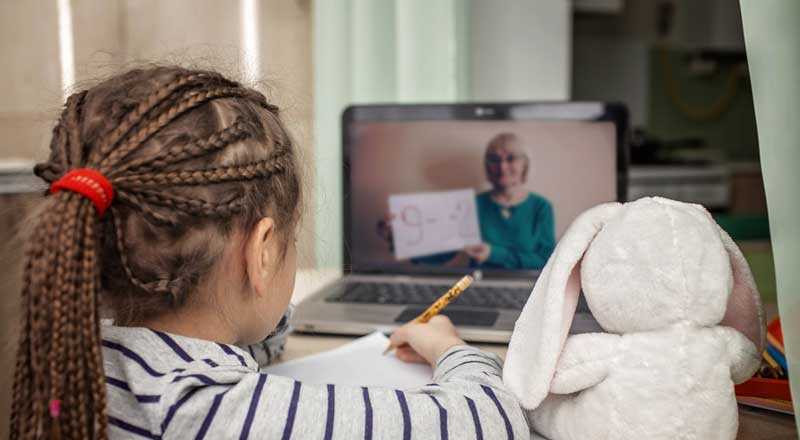It’s the moment every mom dreams of – your baby has arrived and you’re finally ready to take this tiny person home! But if you’re wondering why your baby’s skin reminds you of Benjamin Button, you may not be the only one.
Although they’re quite common, newborn rashes can be both worrisome and frustrating for parents. Rashes appear frequently on babies, and often resolve without any intervention or treatment. In most cases they are benign and short-lived, however, your child’s rash may need to be evaluated by a physician.
Here are a few common rashes that are a lot less scary than they look.
1. Milia
This rash is usually seen on the baby’s chin, cheeks, and nose. It is characterized by small white, pearly bumps that do not have any drainage or surrounding redness. They can be seen in almost 40% of newborns and are often present in 5-10 day old newborns. There is limited data on what actually causes milia, but it tends to go away on its’ own within 1 month without any treatment.
2. Seborrheic Dermatitis
This rash is characterized by scaly, greasy, yellow/white plaques on the head, and is often referred to as “cradle cap”. Seborrheic dermatitis in newborns is thought to occur because of circulating maternal hormones that produce inflammation and activate the sebaceous glands. These glands tend to produce the oily, yellow substance that is responsible for the crusted plaques that build up on the baby’s scalp. Cradle cap can be treated with a few drops of baby oil or Vaseline applied to the scalp to soften flaking skin. In severe cases, a selenium-based shampoo is also used. This condition usually resolves in a few weeks, however, it may persist up until 6-9 months of age.
3. Diaper Dermatitis
This is commonly referred to as “diaper rash”, and is present at some point amongst almost 80% of newborn by 6 months of age. Typically, several very small, pus filled bumps are seen in the groin, particularly on skin where the diaper bunches together. Surrounding skin may be red, or brightly inflamed. Many newborns begin to manifest this problem within the first 2 weeks of life. Diaper rash is most often attributed to a fungal infection called Candida that thrives in warm and moist places. Typically the rash is treated with a topical anti-fungal cream, prescribed by a physician. Letting your baby’s skin breathe for a few minutes between each diaper change can also decrease moisture and minimize diaper rash.
4. Neonatal Acne
It sounds shocking, but even baby’s can suffer from acne! Newborn acne appears as tiny, red, pus filled bumps on the cheeks, chin and forehead. The rash resembles teen acne, and presents as soon as two weeks of age. It is thought to occur because of both the immaturity of the baby’s skin, and the circulating hormones remaining from the mother that were passed to the baby during pregnancy. These lesions usually resolve without any intervention within 3 months, and they generally do not leave any scarring on the skin. If your baby’s acne persists for longer than a few months, a physician may prescribe a mild, topical cream.
5. Erythema Toxicum
This rash appears similar to neonatal acne, however your baby may develop these small bumps on both the face and body, particularly the chest and back. The cause of these white bumps is unknown, and larger areas of redness and occasional flaking often surround them. This is most commonly seen in babies around 5 days until 2 weeks old. No treatment is required and the rash disappears in 1-2 weeks.
Note: If your baby has a fever, or a bleeding or generalized peeling skin this could be a much more serious rash and he/she should be evaluated by a physician immediately.





